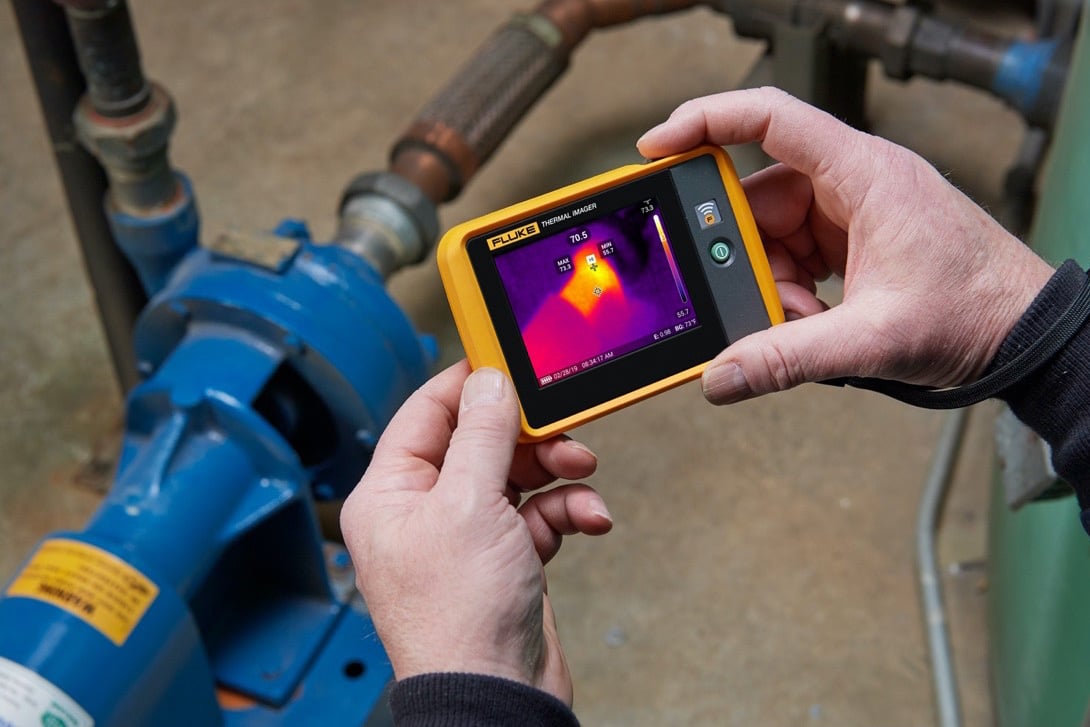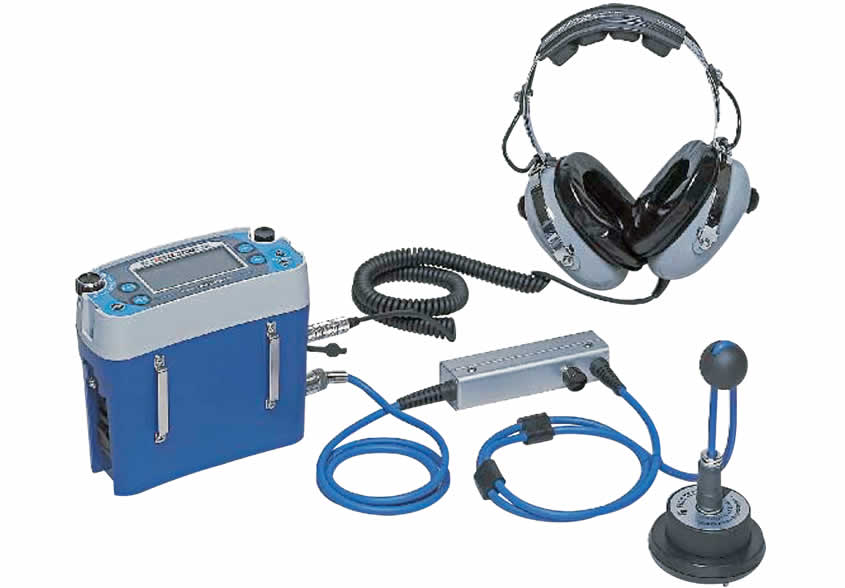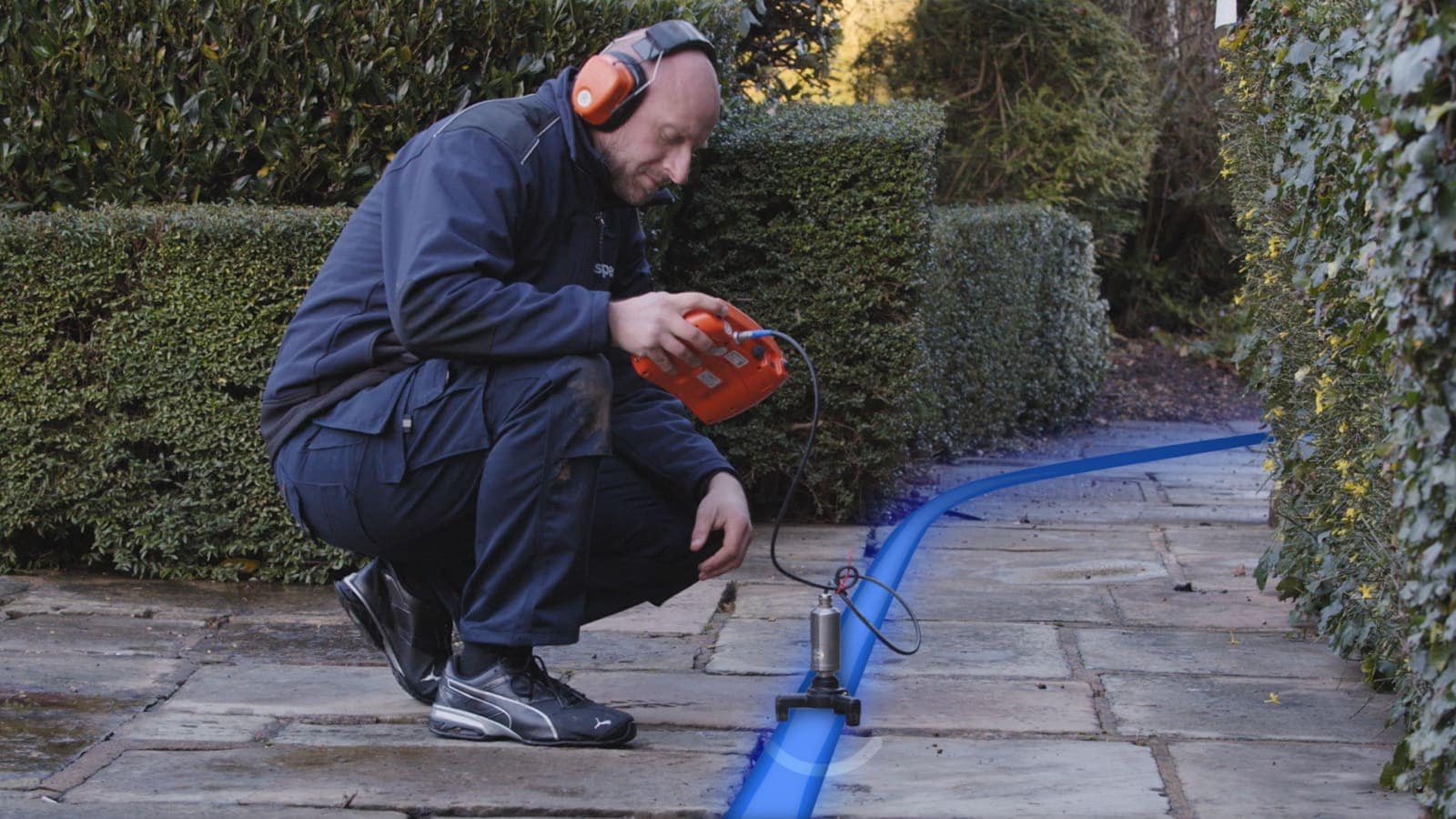Water Leak Detection: Just How to Determine and Fix Leaks Prior To They Cause Damages
Water Leak Detection: Just How to Determine and Fix Leaks Prior To They Cause Damages
Blog Article
Cutting-edge Solutions for Very Early Detection of Water Leakages in Buildings and Framework
From advanced leak detection technologies to the release of IoT sensors for real-time monitoring, the landscape of leakage avoidance is progressing swiftly. Automated water flow evaluation systems are reshaping exactly how leakages are identified and resolved, paving the way for a proactive technique to water leak discovery.
Advanced Leakage Detection Technologies
Advanced leak detection innovations, geared up with innovative sensors and formulas, play an essential duty in swiftly recognizing and pinpointing water leaks in numerous setups. Electro-magnetic sensors can identify modifications in electro-magnetic areas triggered by water, providing yet another layer of leakage detection capability.

IoT Sensors for Real-Time Tracking
In the world of contemporary water leak discovery, the integration of IoT sensing units for real-time surveillance stands for a pivotal advancement in improving proactive leak detection abilities. These sensors use continuous surveillance of water systems, providing real-time data on water flow rates, pressure variations, and temperature modifications. By leveraging IoT modern technology, these sensing units can identify also the tiniest anomalies in water usage patterns, allowing early recognition of prospective leaks before they intensify into major issues.
IoT sensors transfer information to a centralized system, where innovative algorithms assess the details and generate signals or notices when irregularities are spotted. This real-time monitoring capability allows residential or commercial property owners or facility supervisors to quickly deal with leakages, minimizing water damage, minimizing repair costs, and saving water resources.
Additionally, IoT sensing units can be integrated with building monitoring systems, permitting computerized feedbacks to discovered leakages, such as closing off water valves or turning on pumps to minimize the impact of leakages. On the whole, the execution of IoT sensing units for real-time monitoring substantially enhances the effectiveness and efficiency of water leak discovery in structures and facilities.
Equipment Learning Algorithms for Leakage Prediction

One key benefit of utilizing artificial intelligence for leak forecast is its capability to continually find out and boost its accuracy over time. As more information is gathered and fed into the her comment is here formula, it can refine its predictions and adapt to changing problems, ultimately enhancing browse around this web-site the reliability of leakage discovery systems.
Moreover, machine learning formulas can help in determining subtle indicators of leaks that may go undetected by conventional tracking approaches. water leak detection. By evaluating complicated information embed in real-time, these formulas can provide early warnings and signals, enabling timely intervention and preventative upkeep to alleviate potential water damages and connected prices
Using Thermal Imaging for Leakage Detection
Thermal imaging technology offers a promising approach for identifying water leaks in different systems and frameworks. By using infrared radiation and temperature level variations, thermal imaging video cameras can recognize surprise leaks that are not conveniently visible to the naked eye. When water gets away from pipes or structures, it commonly alters the temperature of the bordering area, developing temperature level differentials that thermal cameras can capture. These temperature abnormalities are then translated into visible photos, highlighting the specific location of the leak.
One of the vital benefits of thermal imaging for leakage discovery is its non-intrusive nature. Generally, the use of thermal imaging technology enhances the effectiveness and precision of water leak discovery, making it a useful tool for maintaining the integrity of buildings and frameworks.
Automated Water Circulation Analysis Solutions
Just how can automated water flow analysis systems transform the discovery and administration of leakages in various systems and infrastructures? Automated water circulation evaluation systems use a positive strategy to leakage discovery by continually keeping track of water circulation prices and patterns. By establishing standard information, these systems can quickly recognize deviations that might show a leakage, making it possible for punctual intervention to avoid substantial damage.
These systems make use of sophisticated algorithms to assess real-time data and provide immediate informs when abnormalities are found, permitting quick action to be taken. In addition, computerized water flow evaluation systems can be integrated with structure monitoring systems or IoT systems, improving overall performance and enabling remote monitoring capabilities.
Moreover, the data gathered by these this contact form systems can be made use of for anticipating maintenance functions, aiding to identify possible weak factors in the framework prior to leakages occur. In general, the execution of computerized water flow evaluation systems can dramatically enhance leakage discovery and management practices, eventually causing set you back savings, decreased water waste, and raised sustainability in structures and infrastructure.

Verdict
In conclusion, the combination of innovative leak discovery modern technologies, IoT sensors, artificial intelligence formulas, thermal imaging, and automatic water flow analysis systems supplies innovative remedies for early discovery of water leaks in buildings and facilities. These innovations make it possible for real-time tracking, prediction of leakages, and effective detection techniques to avoid water damages and waste. Executing these options can help in maintaining the stability and sustainability of water systems in numerous setups.
Report this page